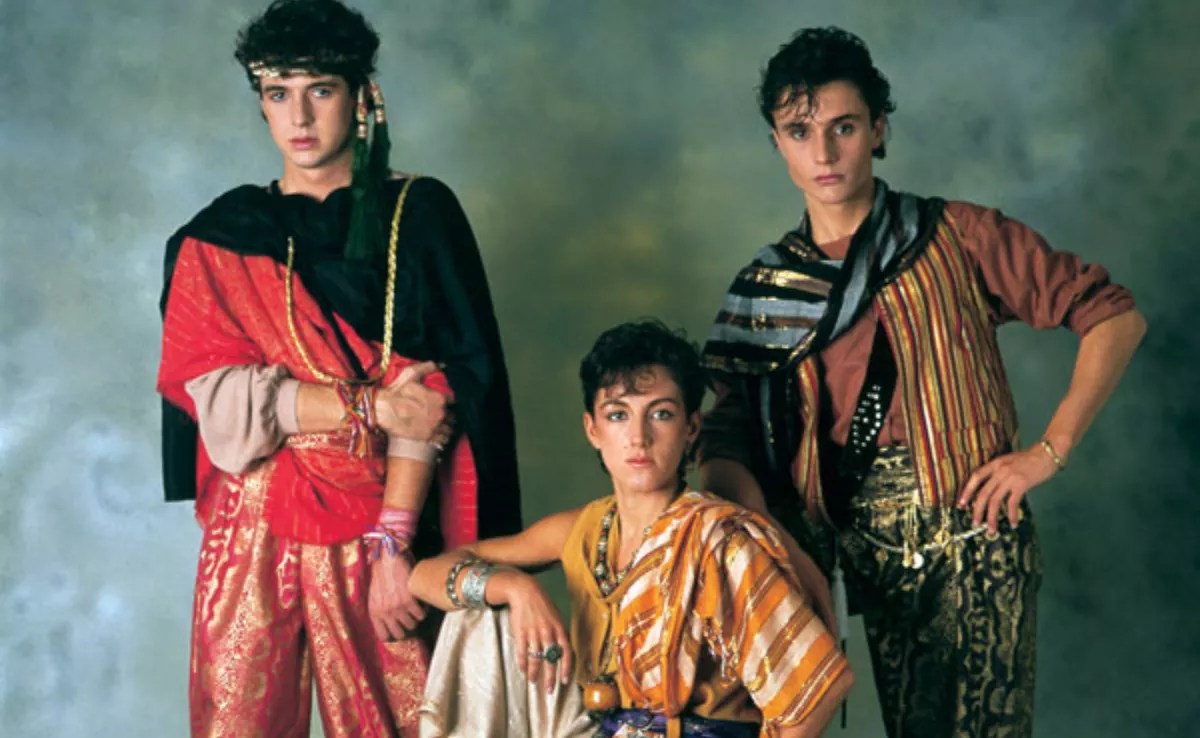Granadilla de Abona, Arico, Fasnia and Güímar are the four municipalities in which the development of offshore wind farms is authorized (offshore) in Tenerife. Its coastline adds up to the 92.10 square kilometers assigned by the Maritime Space Management Plan (POEM) approved by the Council of Ministers last Tuesday. So far, there is two projects in process: Granadilla, to be located off the coast of Tajao and Las Maretas, and Mencey, in the surroundings of Las Eras and Porís de Abona, all Ariquera towns.
The 92.10 square kilometers of marine sheet that the Ministry for the Ecological Transition and Demographic Challenge reserves on the Island to install wind farms are divided into two zones: TEN1, which has 21.32 square kilometers and is located to the southeast of the coast of Granadilla de Abona, and TEN2, with the remaining 70.78 square kilometers, also in the East of Tenerife that includes a coastal strip of Arico, Fasnia and Guimar.
The promoters presented to the Ministry of Ecological Transition 25 projects to be developed in 561 square kilometers of Tenerife, Fuerteventura, Gran Canaria and Lanzarote. In the case of Tenerife, the minimum distance from the coast at which wind farms can be installed offshore It is 1.8 kilometres, as contemplated in the Maritime Space Management Plan.
When in March 2022 the interest of the BlueFloat company to create a 50-megawatt offshore wind farm in the waters of Puerto de Granadilla (in the vicinity of Las Maretas and Tajao), the San Miguel de Tajao Fishermen’s Association expressed its rejection of the initiative. Capital Energy requested authorization to place another floating offshore wind farm in a strip that would include Porís de Abona and Las Eras and it would occupy 11.3 square kilometers, with 10 wind turbines of 15MW (megawatts) each. In both cases, there is also opposition policy.
“We do not know the interests behind this massive occupation”
Sebastián Martín, mayor of Arico, recalls that “more than 22% of the surface of the municipality is occupied by wind farms”, privately owned with the right to expropriate land; “Here is the island landfill, which occupies half the surface of Puerto de la Cruz”, and “now we find out again from the press and the BOE that they are going to surround us by the sea with offshore wind farms. All without dialogue or consensus. The councilman demands that the regional and central governments “dialogue, because we cannot continue to suffer the destruction of our land because there is no benefit. We do not know the interests behind this massive occupation of the surface of Arico.”
“The parks on land have changed the landscape of the Southeast, if we modify the maritime one, we are going badly”
The Fasnia socialists presented allegations to the POEM. The mayor, Luis Javier gonzalez, due to the affectation of the protected area of the Acantilado de La Hondura, “a privileged environment to preserve”. In his opinion, the wind farm would produce “an important visual impact and there are already wind farms on land in Arico, which have changed the landscape of the southeast of the Island. If we also modify the maritime landscape, we are going badly” .
“With the reservations of not damaging fishing or the landscape, it is an alternative to study”
Gustavo Pérez, mayor of Güímar, is more cautious, for whom, “with the appropriate reservations not to damage fishing and not create a bad landscape on our horizon to the sea, it is an alternative to study to improve our environmental quality and increase employability of the region”.
While the mayor of Granadilla de Abona, José Domingo Regalado, opted for silence, from the Regional Federation of Fishermen’s Guilds of Canary Islands (Frcpc) oppose the Maritime Space Management Plan since it affects the fishing sector and the conservation of the marine environment.

















